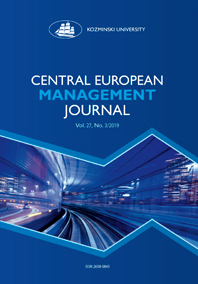How to Design a Bank Levy: The Effect of a Levy Scheme on Bank Performance and its Activities
How to Design a Bank Levy: The Effect of a Levy Scheme on Bank Performance and its Activities
Author(s): Aneta Hryckiewicz-Gontarczyk, Karolina PuławskaSubject(s): Health and medicine and law, Accounting - Business Administration
Published by: Akademia Leona Koźmińskiego
Keywords: bank levy; profitability; lending; stability; regulations; COVID-19;
Summary/Abstract: Purpose: One of the regulatory responses to the 2008 financial crisis was to internalize the costs related to banks’ distress by introducing bank levies. More than 23 European banking sectors have been confronted with the new levy regime imposing the additional tax on banks’ balance sheet. Methodology: This study analyzes the effect of the levy introduction on banks’ profitability, credit activity, and on their business models. More importantly, we confront two different levy regimes – one imposed on banks’ assets and the other on liabilities – to assess their differential impact. A generalized least squares regression with a random effect is performed on a data sample of Hungarian and German credit institutions from 2005 to 2015. Results: The results show that levy introduction weakened banking sectors in terms of their profitability as well as their lending activity. Even though banks try to compensate for the cost of the levies by passing some of the costs on to the customers and restructuring their operations to limit the tax burden, we find that these activities are not sufficient to offset the whole tax burden. We also note that while the asset levy has a more severe effect on banks’ profits, the liability levy severely affects banks’ lending due to lower interest margin resulting from higher cost of funding. Findings: Our research results provide important conclusions for regulators, especially during turbulent periods such as the COVID-19 pandemic to strengthen the banking sectors by considering the levy suspension.
Journal: Central European Management Journal
- Issue Year: 30/2022
- Issue No: 3
- Page Range: 136-174
- Page Count: 39
- Language: English

